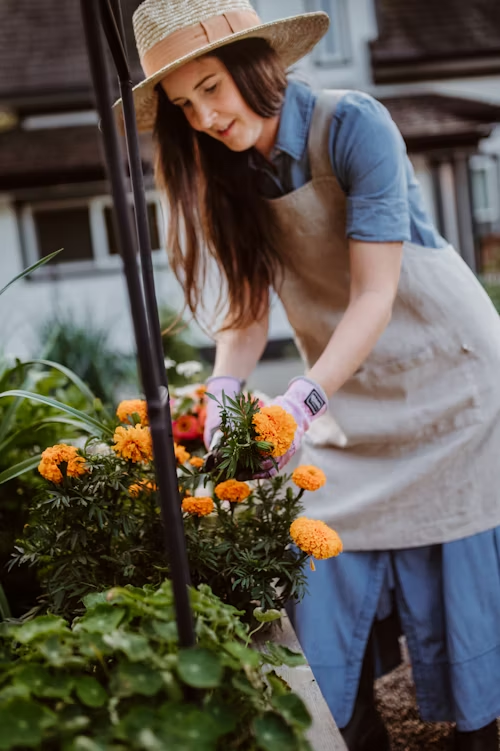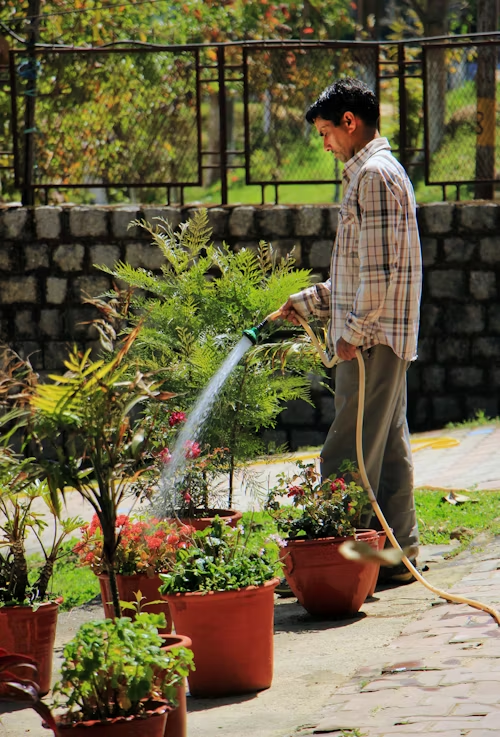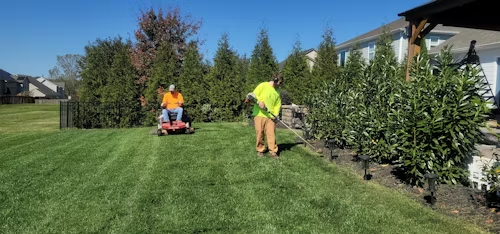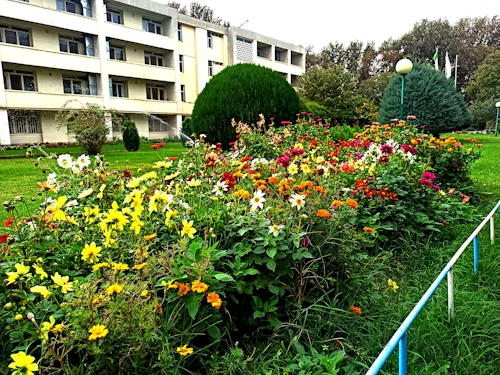7 Science-Backed Benefits of Indoor Plants
Discover how houseplants can improve your air quality, reduce stress, boost creativity, and enhance your overall well-being.
Read MoreDiscover the perfect blend of nature and comfort with LeafyNest's premium indoor plants and garden accessories
Explore Our CollectionFounded in 2015, LeafyNest began as a small urban garden center in Portland, Oregon. Our founder, Emily Greenwald, noticed that many people wanted to bring nature into their homes but didn't know where to start.
Today, we've helped over 10,000 customers create their own indoor sanctuaries with our carefully curated selection of houseplants, pots, and gardening accessories. Our team of plant experts is always available to provide advice and support.
We believe that everyone deserves a connection to nature, no matter how small their living space. Our mission is to make plant care accessible, enjoyable, and rewarding for everyone.
At LeafyNest, we're committed to sustainable practices. All our plants are sourced from ethical growers who prioritize organic methods and environmental responsibility. We use recycled and biodegradable packaging whenever possible, and we're constantly looking for ways to reduce our carbon footprint.
Our team includes horticulturists, landscape designers, and plant enthusiasts who are passionate about sharing their knowledge. We regularly host workshops and events to help our community develop their green thumbs and connect with fellow plant lovers.


From low-light tolerant peace lilies to stunning fiddle leaf figs, we have the perfect plant for every space and skill level. Our collection includes air-purifying plants, pet-friendly options, and rare specimens for the discerning collector.
View Collection
Discover our collection of beautifully designed planters that complement your plants and enhance your home decor. From minimalist ceramic pots to self-watering systems, we have options for every style and need.
View Collection
Premium tools designed to make plant care easier and more enjoyable. Ergonomic designs with sustainable materials. Our toolkit includes everything from precision pruners to moisture meters.
View CollectionOur expert designers will help you select and arrange plants to create a harmonious indoor environment that complements your space and lifestyle.
Receive a carefully selected plant delivered to your door every month. Perfect for expanding your collection or as a gift for plant lovers.
Our team can provide regular care for your plants, including watering, pruning, and fertilizing, to keep them healthy and thriving.
Most houseplants thrive in bright, indirect light. South-facing windows provide the most light, while north-facing windows offer the least. East and west-facing windows provide moderate light. Observe how light changes in your space throughout the day and seasons.
Signs of too much light include scorched leaves or faded coloring. Signs of too little light include leggy growth, small leaves, and lack of color in variegated plants.
Overwatering is the most common cause of houseplant problems. Most plants prefer to dry out slightly between waterings. Stick your finger about an inch into the soil - if it feels dry, it's time to water.
Use room temperature water and water thoroughly until it drains from the bottom of the pot. Empty the saucer after watering to prevent root rot. Reduce watering frequency during winter months when plants are dormant.
Most houseplants prefer temperatures between 65-75°F (18-24°C) during the day and slightly cooler at night. Avoid placing plants near drafts, heating vents, or air conditioners.
Many houseplants appreciate higher humidity. You can increase humidity by grouping plants together, using a pebble tray with water, or using a humidifier. Mist plants occasionally, but avoid misting plants with fuzzy leaves.






Discover how houseplants can improve your air quality, reduce stress, boost creativity, and enhance your overall well-being.
Read MoreNot every space gets abundant sunlight. Here are our top picks for plants that thrive in low-light conditions.
Read MoreLearn how to create new plants from your existing collection with our step-by-step guide to plant propagation.
Read MoreWatering frequency depends on several factors including plant type, pot size, soil mix, light conditions, and season. Most houseplants prefer to dry out slightly between waterings. A good rule of thumb is to check the soil moisture by inserting your finger about an inch deep. If it feels dry, it's time to water. Succulents prefer to dry out completely between waterings, while ferns like consistently moist soil.
Some of the most forgiving plants for beginners include pothos, snake plants, ZZ plants, spider plants, and peace lilies. These plants are adaptable to various light conditions and can tolerate occasional neglect. They're also excellent at purifying indoor air.
Signs of insufficient light include leggy growth (long stems with wide spaces between leaves), small new leaves, leaning toward the light source, and loss of variegation in patterned leaves. Signs of too much light include scorched or bleached leaves, brown crispy patches, and wilting despite adequate watering.
Yellow leaves can indicate several issues: overwatering (most common), underwatering, nutrient deficiency, or natural aging. Check the soil moisture first. If it's soggy, you may be overwatering. If it's bone dry, you may need to water more frequently. Older leaves naturally yellow and drop as part of the plant's growth process.
123 Garden Avenue
Portland, OR 97205
United States
Phone: (503) 555-0123
Email: info@leafynest.com
Monday-Friday: 9am-7pm
Saturday: 10am-6pm
Sunday: 11am-5pm
Subscribe to our newsletter for plant care tips, new arrivals, and exclusive offers. Follow us on social media for daily inspiration and gardening advice.